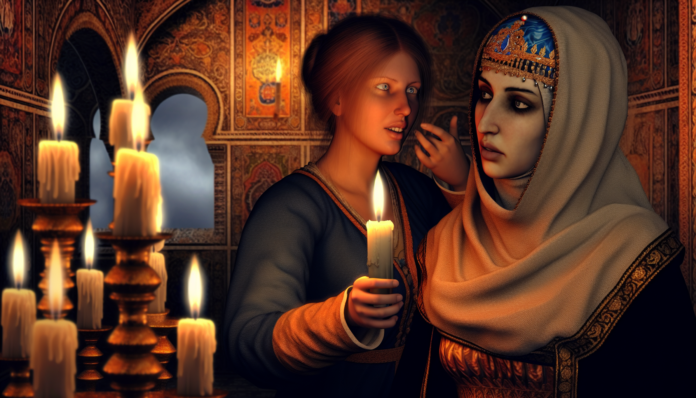Introduction
In 1558, the charming commoner Robert Dudley, 1st Earl of Leicester, set the stage for one of the most captivating romances in English history—his nearly lifelong affair with Queen Elizabeth I. While both were ensnared in a complex web of societal norms and political fervor, their connection reverberated through the ages, challenging perceptions of love, power, and class. Amidst a backdrop of rigid social hierarchies and expectations of queenship, the scandal surrounding their relationship broke conventions and ignited whispers both in the court and beyond.
The Scandal
The blossoming romance between Elizabeth and Dudley ignited the court’s scandalous imaginings. Their bond began before Elizabeth’s accession to the throne and flourished amidst the political turbulence of the Elizabethan era. As queen, Elizabeth was expected to uphold the moral standards of the monarchy—marriage, especially. However, her closeness to Dudley stirred controversies:
- Public Perception: Gossip circulated about their intimate relationship following the suspicious death of Dudley’s wife, Amy Robsart, in 1560. The circumstances surrounding her death raised numerous eyebrows, with some claiming foul play.
- Key Events: Elizabeth and Dudley often spent time together in public, fostering speculation. They appeared to share a deep emotional connection, evident in letters and portraits. Dudley’s frequent elevation in rank and position further intertwined their lives and scandalized the court.
Quote to Ponder:
“She loved him deeply, yet the world around her warred for her to choose a steadier fate,” reflects historian Anna Whitelock, highlighting the tug-of-war Elizabeth faced between desire and duty.
Moral and Cultural Analysis
The societal reaction to Elizabeth and Dudley’s ornate courtship was marked by a blend of admiration and disdain. Critics voiced their concerns that Elizabeth’s infatuation with a commoner undermined both her position and the dignity of the monarchy.
- Consequences for Those Involved:
- Dudley gained influence and prestige but faced resentment from rivals who saw his relationship as an affront to traditional power dynamics.
- Elizabeth navigated a minefield of opinions, oscillating between public favor and whispers of impropriety. Her choice to remain unmarried, alongside her relationship with Dudley, evoked both sympathy and scandal.
Fast forward to the present day, married romances and intrigues bear a different weight. Today, while we may celebrate love that transcends social boundaries, we also hold heightened expectations for accountability. The scrutiny that Duchess Meghan faced with Prince Harry bears a striking resemblance to Elizabeth’s trials, albeit with differing degrees of societal acceptance.
In comparing the reactions, one can assume that modern audiences would be somewhat lenient. Public sentiments often favor love stories that defy conventions, yet they also demand transparency and fairness—elements that would have altered the narrative arc of Elizabeth and Dudley’s story dramatically.
Historically, their relationship was a bold act of defiance that tested the notions of monarchy, duty, and romance. Would someone like Elizabeth I be judged differently today, free from the constraints of centuries-old royal expectations? The powerful love letters, grand gestures, and ever-surging tides of courtly life speak to a timeless struggle between personal desire and public duty, forever leaving its mark on history.

